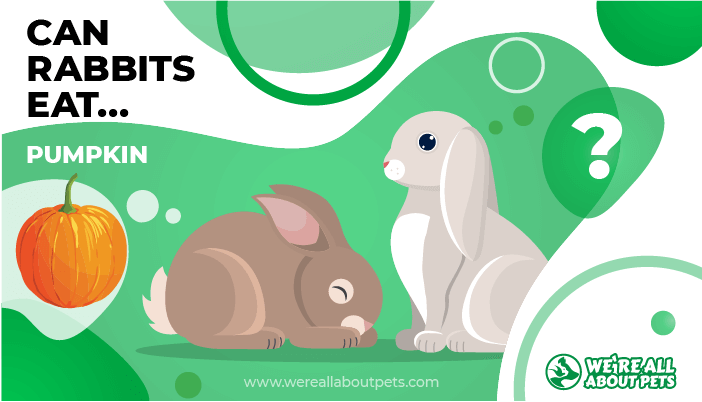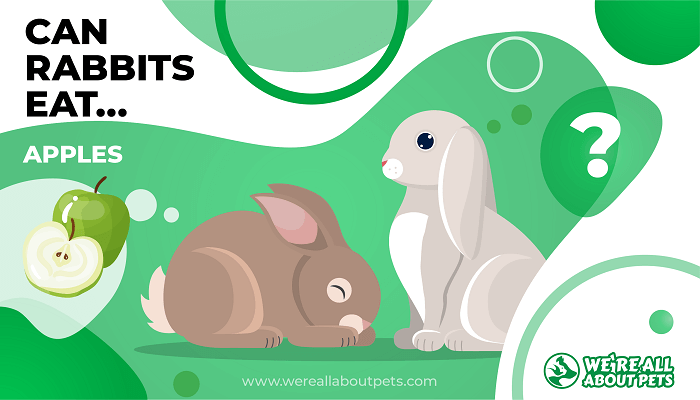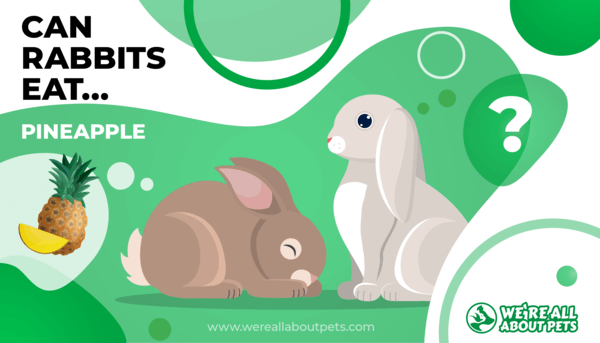The Lop Bunny: Lifespan, Size And Care
This page contains affiliate links. We may earn money or products from the companies mentioned in this post through our independently chosen links, which earn us a commission. Learn More
With their large, floppy ears, these pet rabbits are adorable and very popular with rabbit owners. They come in different types, shapes and sizes, and in a variety of colors, but all have those characteristic drooping ears. They do not necessarily have to have long ears, but the term ‘lop’ refers to rabbit breeds where the ears drop down instead of standing upwards.
Lop bunnies can make excellent pets, but need a little more care when it comes to looking after your rabbit’s ears. Read on for more information on rabbit breeds, lifespan and more.
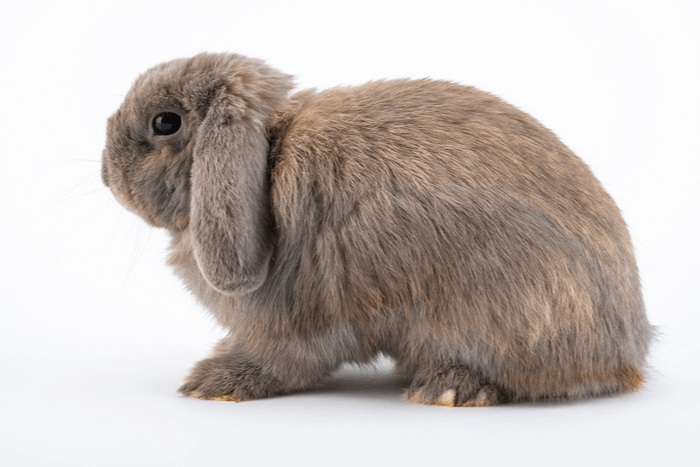
Breeds Of Lop Rabbits
The American Rabbit Breeders Association (ARBA), the authority on all things bunny, recognises five varieties of lop-eared rabbits. These rabbit breeds are therefore popular with rabbit owners.
The English Lop
Also known as the original lop, this rabbit breed dates back to the early 19th Century and was used to create other lop-eared rabbit breeds such as the French Lop and the Mini Lop. The English lop is known for having the longest ears of any of the lop bunnies – up to 20 inches long! They are a large breed, and therefore require a good amount of space.
The French Lop
These majestic bunnies are large, weighing around 10 pounds, and have long floppy ears reaching up to 12 inches long, hanging down to the ground. They are generally placid, but require plenty of space due to their large size.
The Mini Lop
Weighing in at around 6 pounds, the miniature lop is a smaller rabbit breed (although not as small as you might imagine a ‘mini’ rabbit to be!). The mini lop rabbit is a popular breed with rabbit owners and is commonly found in pet stores and at rabbit shows.
The Holland Lop
Also known as the dwarf lop, this is another miniature lop, weighing in around 4 pounds. They have a compact body and the characteristic floppy ears. These lop-eared rabbits have fur, not wool, unlike the American fuzzy lop. Holland lop rabbits are a true dwarf rabbit, making them popular as pet rabbits for children as they take up less space and are more easily handled.
The American Fuzzy Lop
The smallest of the lop bunnies, weighing in at around 4 pounds, this rabbit breed has a compact body similar to the Holland lop. These lop-eared rabbits have a short and fluffy wool coat, more like the Angora than the Holland lop, as well as the distinctive floppy ears. The American Fuzzy Lop has a small size and playful nature, meaning they make good pets, but their coat and lop rabbit’s ears need a fair amount of care.
Other Breeds
There are some other lop bunnies which are not recognised by ARBA – the lop-eared lionhead, the velveteen lop (who look similar to the mini rex), the German Lop, the cashmere lop-eared and the plush lop-eared. They come in different sizes and different colors.
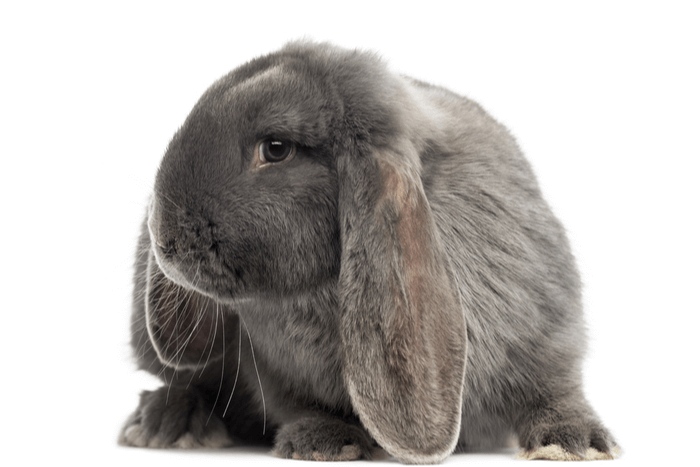
Lifespan
These long eared bunnies have similar lifespans to other domestic rabbits. They usually live around 6 – 8 years, depending on any health issues.
Size
The size of the rabbit depends on the different breeds. Each lop breed is different, with the Holland Lop and American Fuzzy Lop both weighing in at only around 3.5-4lbs and the Mini Lop slightly bigger around 6lbs. The English Lop and French Lop are both much bigger, with an average weight of around 10lbs.
Care
Domestic rabbits all require certain key things: fresh water, a suitable diet, social contact and a hutch big enough for them to live comfortably and exercise. In addition, the lop-eared breeds need careful attention to their ears.
- Food Rabbits all require fresh water, either in a bowl or bottle, and a constant supply of high-quality hay. They are herbivores, so need plenty of hay, green leafy vegetables (such as carrot tops and cucumber) and a small amount of commercial rabbit pellets. There are some good options here. Rabbit’s teeth are constantly growing, so plenty of hay and chew toys are essential.
- Housing Rabbits are active and sociable and thrive best when provided with plenty of space. Make sure your hutch is large enough for your rabbit to comfortably sleep, stretch out (upwards as well as length-wise) and move around. An exercise pen, outdoor run or safe area of your home is essential. Provide toys, a litter box and a sleeping area. The floor of the enclosure should be solid rather than wire mesh, to protect the feet. Check out some options here.
- Ear Care Lop bunnies have beautiful ears, but their long length and folded position can make them prone to problems such as infections or ear mites. Check the ears daily for discharge, sore skin or anything that looks abnormal, and seek advice from a veterinarian if concerned.
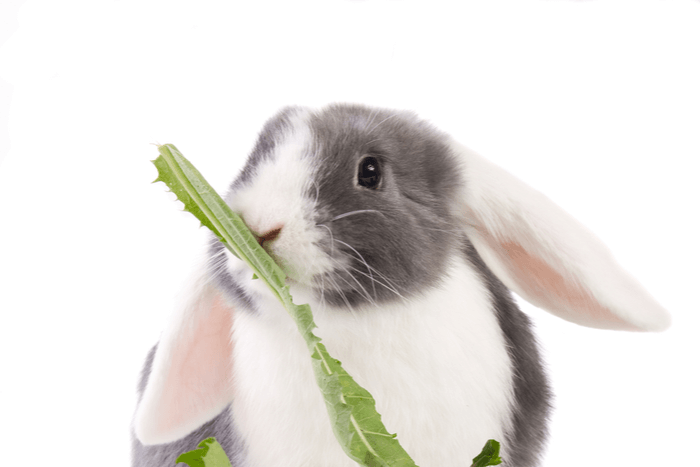
Frequently Asked Questions
Are lop bunnies good pets?
Yes, they are friendly and sociable and can make excellent pets. They need a certain level of care, as do all domestic rabbits, alongside some special attention to the ears.
Do lop rabbits like to be held?
Lop rabbits are generally docile and friendly and with careful, gentle handling can become very comfortable with being held.
How big do lop bunnies get?
This depends on the breed. The English and French lops can reach up to 10lbs, with the other breeds being smaller. The Holland Lop is a dwarf breed, weighing only around 4lbs.
Are lop bunnies smart?
Similar to other rabbit breeds, lops are sensitive and fairly intelligent. They can be taught to use a litter box and to respond to their owners in different ways.

